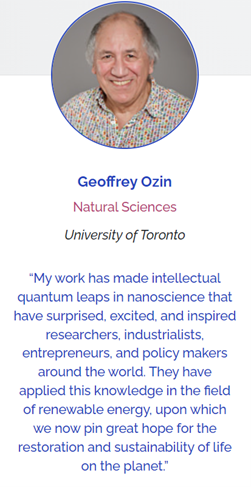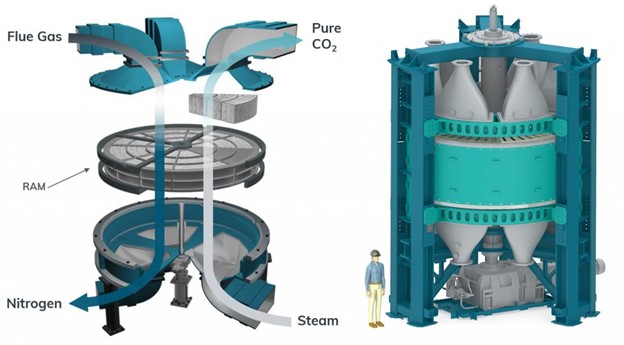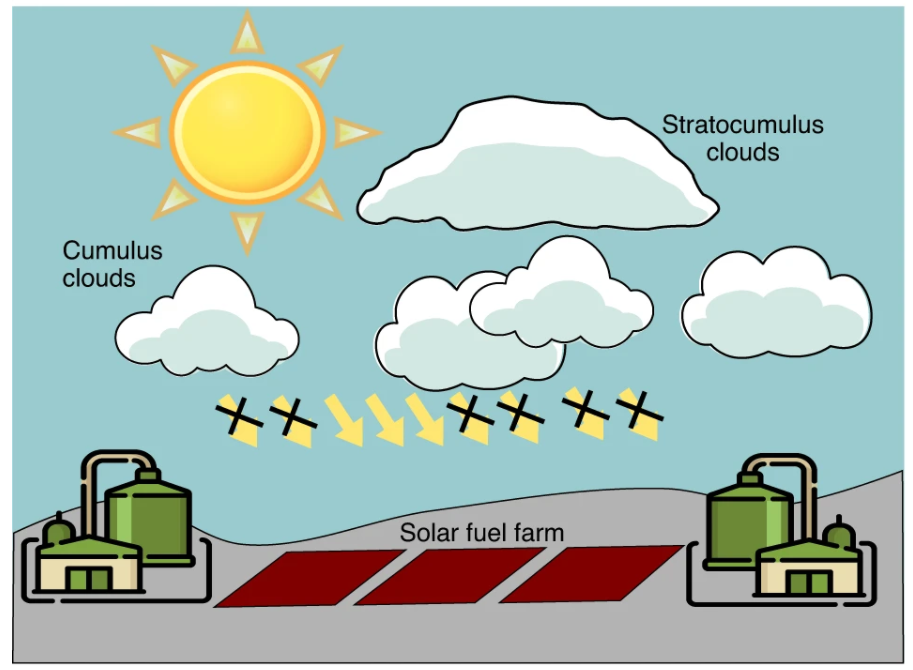The war in Ukraine has araised the global concern for possible chip shortage due to disruption in semiconductor-level neon supply. Being the world’s major neon supplier, Ukraine perfects the process of concentrating 18 ppm neon in air to 99.999% purity based on cryogenic fractionation. This kind of high-purity neon is used to trigger the 193 nm-deep ultraviolet wavelength for the state-of-the-art 7 nm spatial resolution photolithography, together with argon and fluorine in an excimer laser. The excited-state chemistry behind the argon-fluorine-neon excimer laser is explained in detail by Geoff, as well as why the neon is necessary during the process. See full story at Advanced Science News.
-
Recent Posts
- Congratulations to Geoff’s solar ethene and hydrogen paper on Matter
- Congratulations to Geoff’s heterogeneous catalysis paper on Matter
- Congratulations to Geoff’s birthday paper of CO2 photocatalysis on Matter
- Could modified train cars capture carbon from the air? This team has a plan to make it happen
- Sand batteries that are dirt cheap
Recent Comments
Categories
Header Courtesy of Digital Westex










